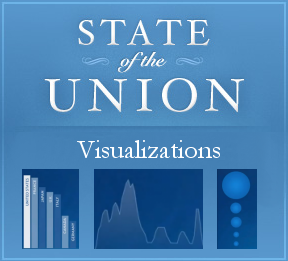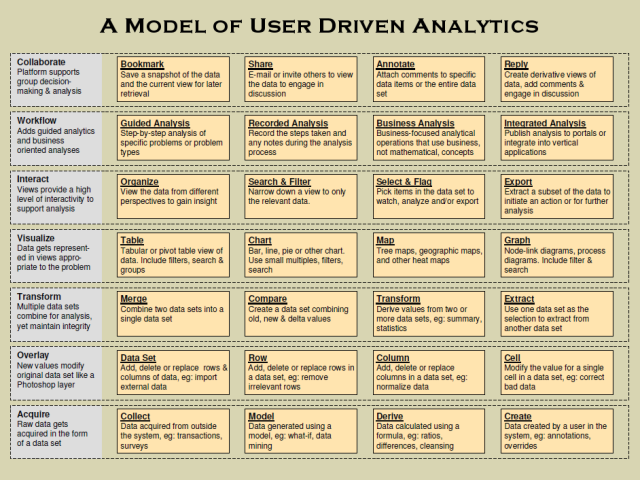
From xkcd, a comic by Randall Munroe
In a recent article, Paul Borsch described how correlations get bandied about without the understanding that a correlation is not a cause. And he’s right…except that, as others have pointed out, “correlation is not causation” often gets used to discount correlations entirely. And correlations often do have causes.
So how do we think critically about correlation and causation, without being enamored by correlations, nor being dismissive of them?
In this article, the first of a three part series, I’ll tackle eight things to know about correlation. In the next two articles, I’ll address key things to know about causes, and then present tips for determining whether a correlation has an underlying cause and, if so, what it is.




Recent Comments